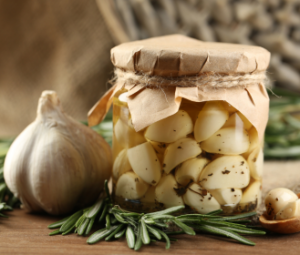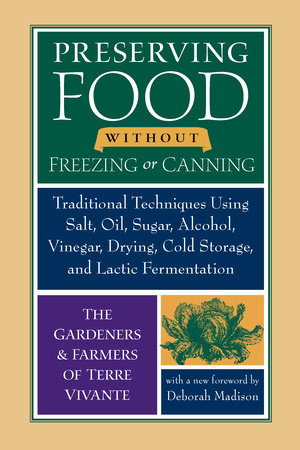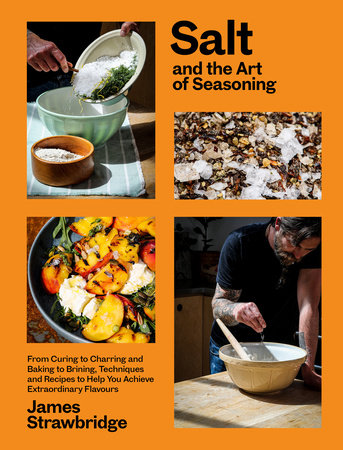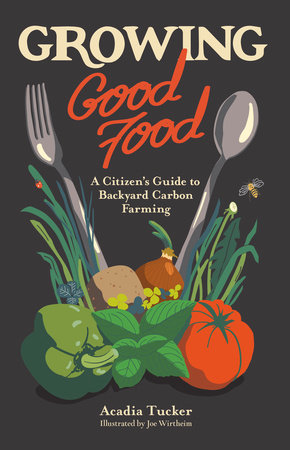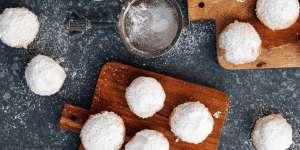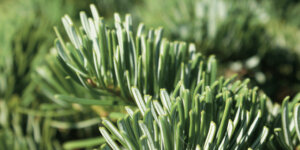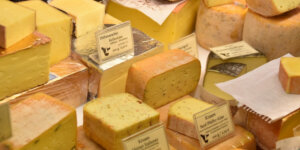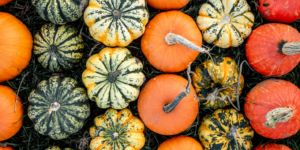How to Preserve Seasonings: Herbs Today, Preserves Tomorrow
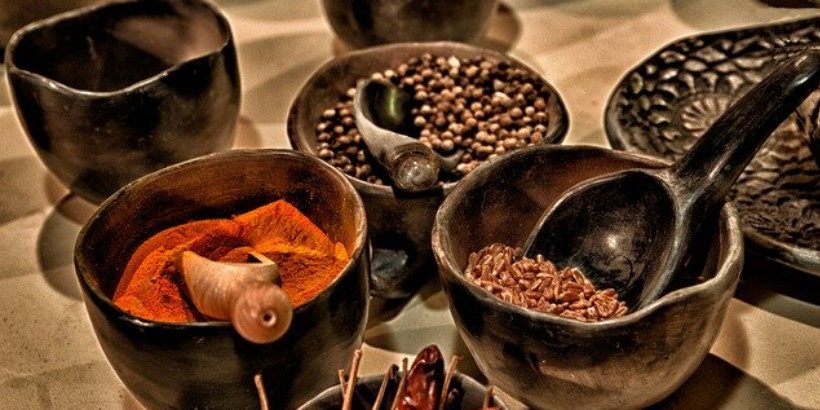
What do you do when you have bunches of herbs reaching maturity at the same time? Preserve them!
Preserving herbs for seasonings involves traditional techniques that use salt, oil, sugar, alcohol, vinegar, and a few other simple ingredients.
The following is an excerpt from Preserving Food without Freezing or Canning. It has been adapted for the web.
Preserve Seasonings in Vinegar
Basil
- Basil
- Cider vinegar
- Small jars and lids
To keep basil fresh for salads, all you have to do is chop some and place it in a small jar with some good cider vinegar. Store the jar in a cool place, and enjoy this valuable seasoning anytime!
Jacqueline Clossett, Belgium
Preserve Pickled Garlic

- 1 quart water
- 1 tablespoon salt
- Bay leaves
- Black peppercorns
- 1 cup vinegar<
- 1/2 cup water
- 1/4 cup sugar
- A saucepan
- Small jars and lids
Peel the garlic. Boil one quart of water with one tablespoon of salt. Add the garlic and continue to boil for three to five minutes. Drain the garlic.
Fill small jars with the garlic, one bay leaf, and five black peppercorns.
Boil the vinegar along with one-half cup of water and sugar, pour this mixture over the garlic, and immediately close the jars. The garlic will keep for a very long time, and is particularly tasty in salads.
Ted Braam, Hagraulet-Du-Gers
Preserve Sage or Rosemary-Scented Vinegar
- 1 lb. dried sage or rosemary flowers
- 1/2 quart wine vinegar
- A glass jar or bottle with cork or lid
- A fine cloth
- Bottles with corks or lids
Soak the dried flowers in a glass jar filled with wine vinegar. Close the jar and leave it in the sun for eight to ten days. Then filter the contents through a fine cloth, twice. Store this fragrant vinegar in tightly closed bottles.
Michel Guerville, Dannes
Recommended Reads
Recent Articles
The scent of fir trees is a holiday staple 🎄 Imagine sipping a festive cocktail infused with the unmistakable taste of fir ✨ This holiday season, elevate your entertaining game by introducing fir to your menu – from classy cocktails to rustic potatoes!
Read MoreLooking for a way to use that leftover Thanksgiving Turkey? Shake things up this holiday season with a game-changing twist. Serve these easy-to-make appetizers with a side of Vietnamese dipping sauce for an extra kick of flavor!
Read MoreAttention all cheese lovers! If you’re looking for recipes to satisfy all your cheesy needs, then look no further.
Read MorePumpkins: Halloween symbol or sweet treat? But have you ever wondered how they became a holiday staple? Discover the rich history behind this fall favorite!
Read More

